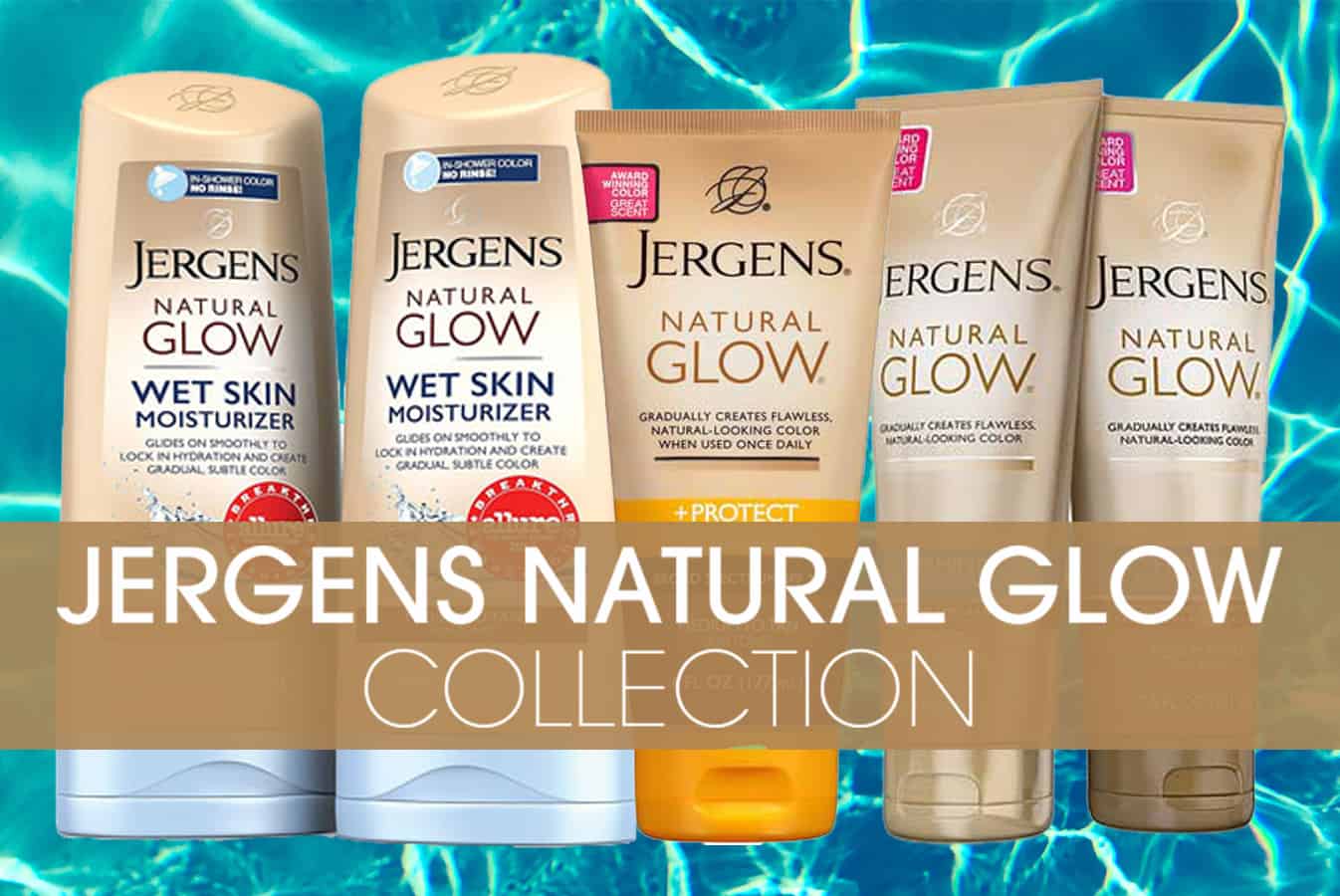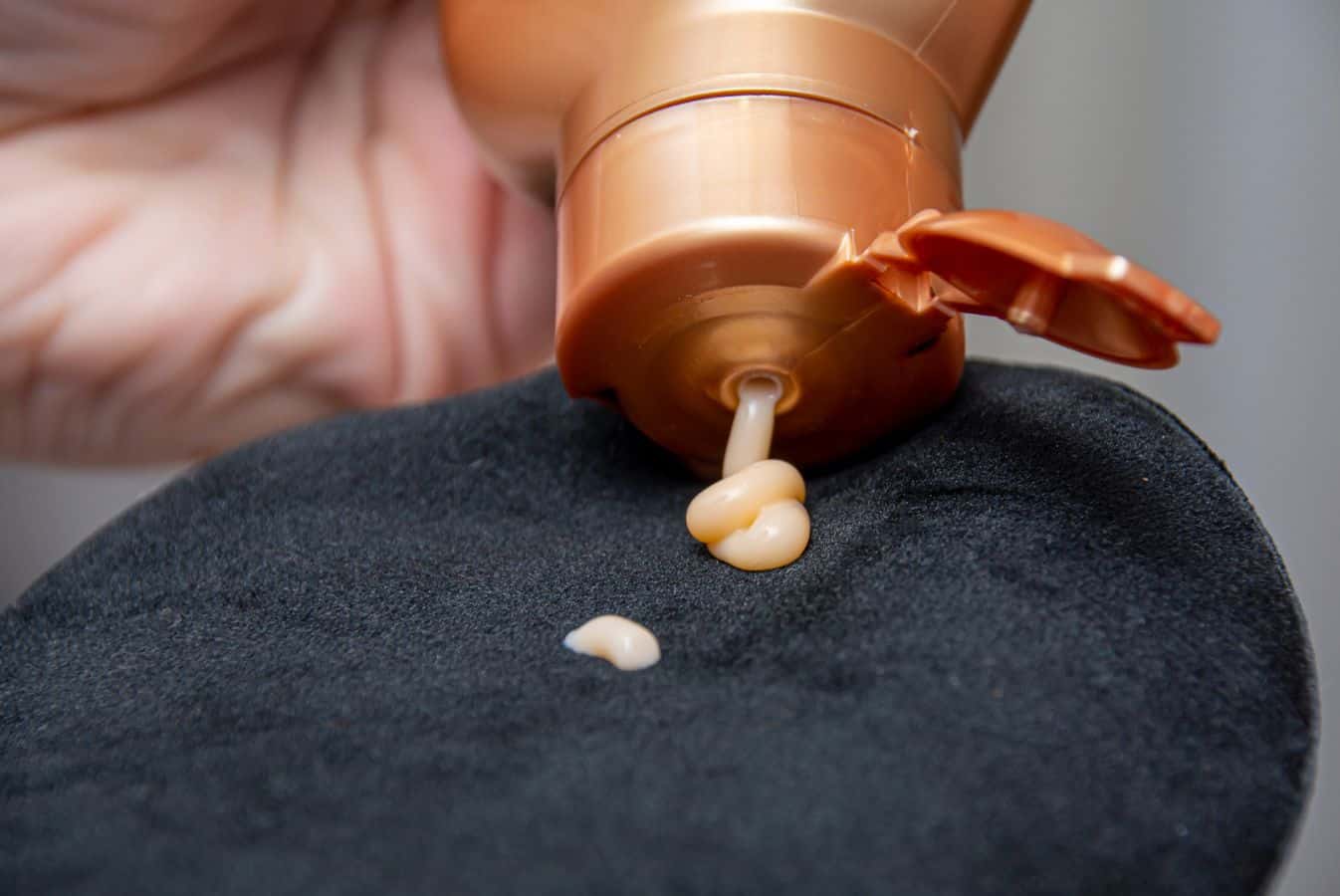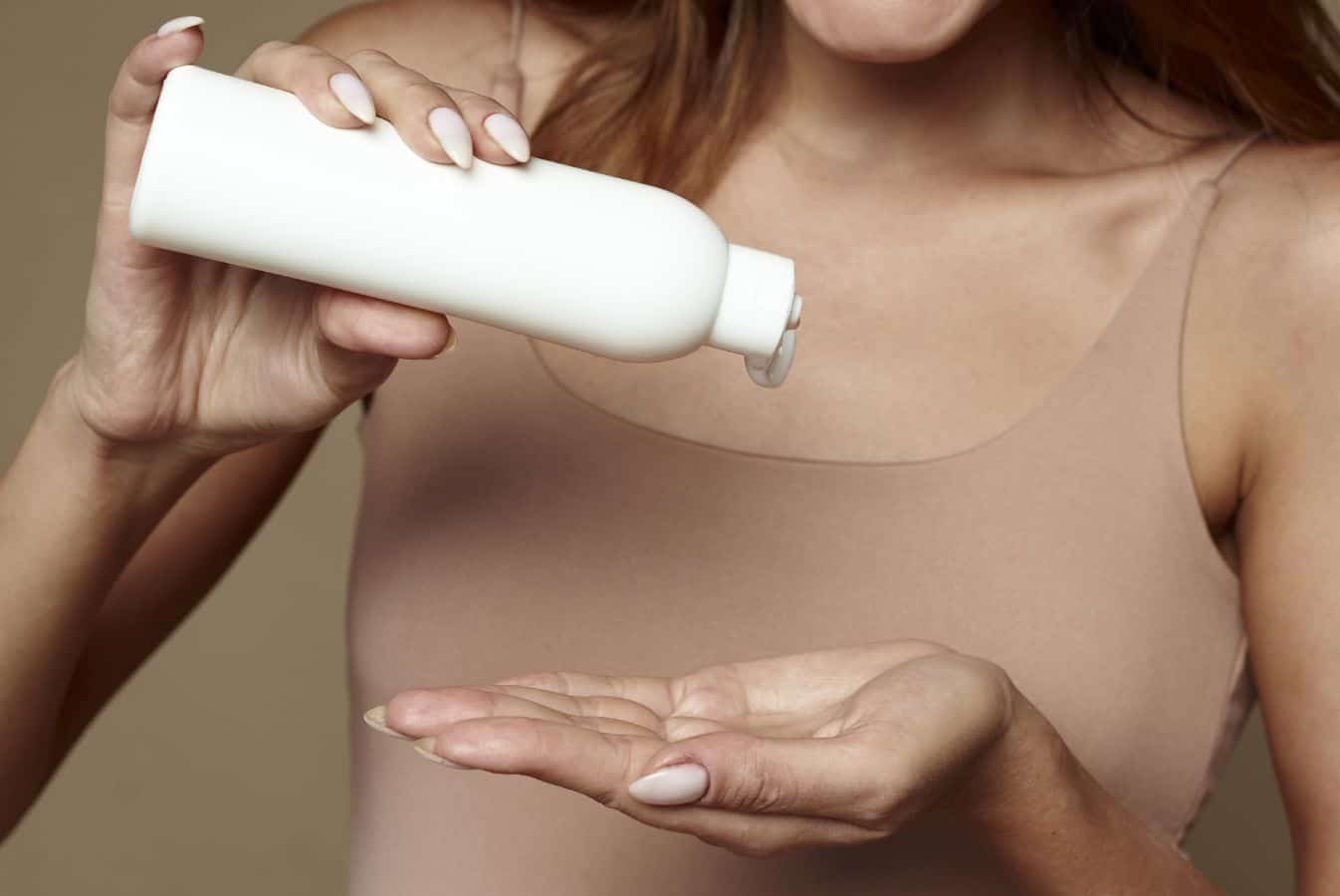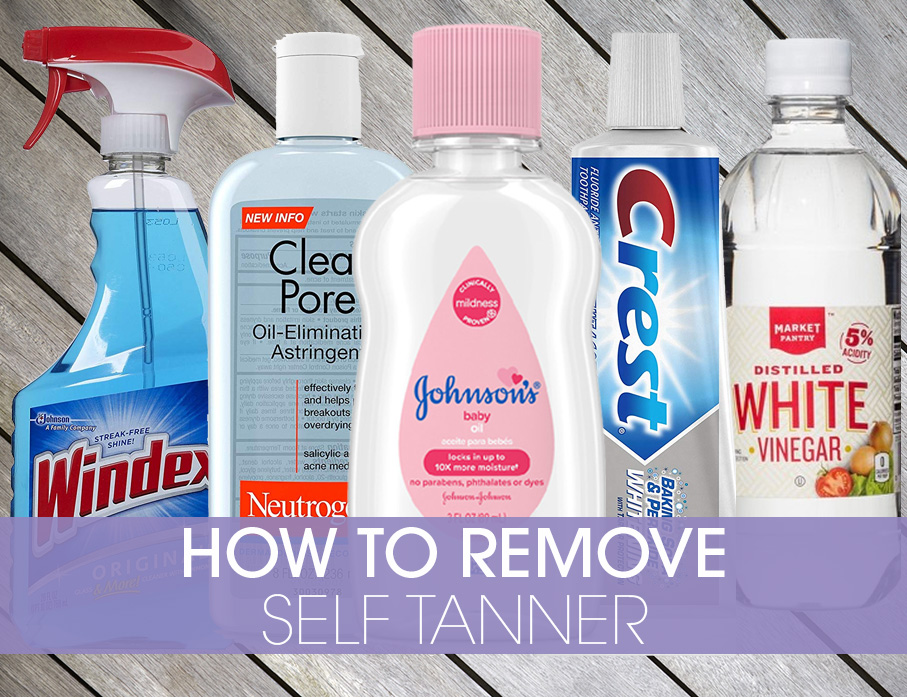If you love having a sun-kissed glow all year round, you probably have a bottle or two of self-tanner in your beauty stash. But do you know how long your self-tanner lasts and when you should toss it out? In this blog post, we’ll answer the question: does self-tanner expire? And we’ll also share some tips on how to store, choose, and apply your self-tanner for the best results.
Table of Contents
Have you ever wondered if self tanners expire? The short answer is yes, they do.
The shelf life of a self tanner can vary depending on the brand and the active ingredients used in the product. Some self tanners may last up to a year or more, while others may only last a few months. Factors such as heat, light, and time can also affect the lifespan of a self tanner, even if it is unopened.
Using an expired self tanner can result in an uneven or streaky tan. This is because the active ingredients in the product may no longer be effective or may have degraded over time. To avoid this, it’s important to check the expiration date before using any sunless tanner.
To test if a self tanner is still effective, try applying a small amount to a patch of skin and waiting 24-48 hours to see if a tan develops. If there’s no change in color or if the color looks uneven or streaky, then it’s likely that the product has expired.
Different brands of self tanners use different active ingredients and preservatives which can affect their shelf life. It’s always best to follow the manufacturer’s recommendations for storage and use.
Shelf Life of Self Tanner
Unopened Self Tanners Last Longer
It’s important to know how long your tanning products last. Unopened self tanners can last up to 2-3 years, depending on the brand and storage conditions. However, once opened, most self tanners have an average shelf life of 6-12 months.
The shelf life of a self tanner depends on several factors such as the type of product (such as mousse, lotion, or solution) and how often it’s used. For example, if you use a mousse self-tanner once every two weeks, it will last longer than if you use it every other day.
Storage Conditions Matter
To ensure that your self tanner lasts as long as possible, it’s important to store it in a cool, dry place away from direct sunlight and heat sources. Heat and light can cause the ingredients in the formula to break down more quickly than they would otherwise.
It’s also important to keep your tanning products sealed tightly when not in use. Exposure to air can cause the formula to oxidize and lose its effectiveness more quickly.
Expired Self Tanner Can Cause Uneven Results
Using expired self-tanning lotions or products can result in uneven or streaky results. The active ingredient in most self tanners is DHA (dihydroxyacetone), which reacts with amino acids in the top layer of skin to produce a brown color. Over time, DHA breaks down and loses its effectiveness.
When this happens, your tan may appear patchy or streaky because some areas of skin will have absorbed more DHA than others. To avoid this problem, it’s best to replace your self-tanning products regularly and follow the manufacturer’s recommendations for shelf life.
Different Types of Self Tanner Have Different Shelf Lives
The shelf life of a self tanner varies depending on its formulation. Mousse self tanners tend to have a shorter shelf life than lotions or solutions. This is because the foaming action of the mousse can cause the formula to break down more quickly.
Tanning lotions and creams usually last longer than mousses, but they can still expire if not stored properly. Tanning solutions, which are typically applied with a spray gun, also have a limited shelf life.
It’s important to check the expiration date on your self-tanning products before using them. If you’re unsure whether a product has expired, you can perform a patch test on a small area of skin before applying it all over your body.
Replacing Your Self Tanner Regularly
To ensure that your self tanner is always fresh and effective, it’s best to replace it regularly. Most self tanners have an average shelf life of 6-12 months after opening, but this can vary depending on the type of product and how often it’s used.
If you use self tanner frequently, you may need to replace it more often than someone who only uses it occasionally. It’s also important to follow the manufacturer’s recommendations for storage conditions and shelf life.
Expiration Date of Self Tanner
Expiration dates on self tanners indicate the period within which the product is expected to remain effective and safe for use. Using an expired self tanner can result in uneven or streaky application, and in some cases, skin irritation or allergic reactions. It’s always best to check the label for specific expiration information before using any self-tanning product.
The expiry date of a self tanner can vary depending on factors such as the formulation, packaging, and storage conditions. Generally, self tanners have a shelf life of around 1-2 years from the date of manufacture. However, it’s important to note that this is just an estimate and not a hard-and-fast rule.
Factors Affecting Expiration Dates
The formulation of a self-tanner plays a significant role in determining its shelf life. Most self-tanning products contain dihydroxyacetone (DHA) as their active ingredient. DHA reacts with amino acids in the top layer of your skin to produce a brownish color that resembles a natural tan.
Self-tanners also contain other ingredients like preservatives, emulsifiers, fragrances, and moisturizers that can affect their shelf life. The quality and concentration of these ingredients can vary between different brands and formulations.
Packaging is another factor that affects the expiration date of self-tanners. Products packaged in opaque tubes or bottles are less likely to be exposed to light than those packaged in clear containers. Exposure to light can cause DHA to break down more quickly than usual, reducing the effectiveness of the product.
Storage conditions also play an essential role in extending or shortening the shelf life of self-tanners. Heat and humidity can accelerate chemical reactions that cause DHA to degrade more rapidly than usual. Storing your self-tanner in a cool, dry place away from direct sunlight and heat sources can help extend its shelf life.
How To Tell If Your Self Tanner Has Expired
If you notice any changes in color, texture, or smell, it’s likely time to replace the product. An expired self-tanner may have a strange odor or appear discolored. The consistency of the product can also change over time, becoming thicker or thinner than usual.
Using an expired self-tanner can result in uneven or streaky application and may not provide the desired results. In some cases, using an expired product can cause skin irritation or allergic reactions.
Tips To Extend The Shelf Life Of Your Self Tanner
To extend the shelf life of your self-tanner, store it in a cool, dry place away from direct sunlight and heat sources. Avoid storing your self-tanner in a bathroom cabinet where humidity levels are high due to frequent showers.
Make sure to keep the cap tightly closed when not in use to prevent air from entering the container. Exposure to air can cause DHA to oxidize more quickly than usual, reducing its effectiveness.
Signs of Expired Self Tanner
Fake tan appearance
We all love the sun-kissed glow that self-tanners can give us, but have you ever noticed an uneven or streaky fake tan that looks unnatural and unappealing? If so, it could be a sign that your self-tanner has expired. Over time, the active ingredients in self-tanners can break down, leading to an uneven application and patchy tan.
Uneven tan
When you apply expired self-tanner, it may not distribute evenly on your skin. This can lead to an uneven tan with darker spots in some areas and lighter patches in others. The result is often a splotchy or streaky appearance that doesn’t look natural.
Bad smell
Another sign of expired self-tanner is a bad odor. When DHA (dihydroxyacetone), which is the main ingredient responsible for the tanning effect, breaks down over time, it can produce an unpleasant smell. This odor can be particularly strong if the product has been exposed to heat or moisture.
Unpleasant smell on skin
Using expired self-tanner can also leave an unpleasant smell on your skin. Even after showering, this smell may linger for hours or even days. It’s not only embarrassing but also uncomfortable to have such a pungent aroma emanating from your body.
How to tell if your self-tanner has gone bad?
If you’re unsure whether your self-tanner has gone bad or not, there are several signs you should look out for:
- Check the expiration date: Most self-tanners come with an expiration date printed on them. If yours has passed its expiry date, it’s time to toss it out.
- Check the consistency: Expired self-tanner may become thick and clumpy over time.
- Check the color: Self-tanners that have gone bad may turn orange or brownish in color.
- Check for separation: If you notice that the product has separated into layers, it’s a sign that it’s gone bad.
How to store self-tanner properly?
To ensure your self-tanner lasts as long as possible, you should store it properly. Here are some tips:
- Keep it in a cool, dry place: Heat and humidity can cause self-tanners to break down more quickly. Store your product in a cool, dry place away from direct sunlight.
- Keep the lid tightly closed: Exposure to air can also cause self-tanners to go bad more quickly. Make sure you keep the lid tightly closed when not in use.
- Don’t mix different brands or products: Mixing different brands or types of self-tanners can cause them to react with each other and go bad more quickly.
What to do if you’ve used expired self-tanner?
If you’ve accidentally used expired self-tanner, don’t panic. While it may not give you the desired results, it’s unlikely to harm your skin. However, if you experience any irritation or allergic reactions after using an expired product, stop using it immediately and seek medical advice.
Risks of Using Expired Self Tanner on Your Skin
Using expired self-tanner can be harmful to your skin, especially if you have sensitive skin. The fake tanning product may contain toxic ingredients that can cause allergic reactions and other side effects. It is essential to understand the risks associated with using expired self-tanner and take necessary precautions to avoid any potential harm.
Cause Skin Irritation
One of the most common risks of using expired self-tanner is skin irritation. The harmful chemicals in the product can react with your skin, causing redness, itching, and rashes. If you have sensitive skin or are prone to allergies, it’s crucial to check the expiration date before applying the tanning product.
Sensitive Skin
People with sensitive skin should be extra cautious when using self-tanners. Expired products may contain more toxic chemicals than fresh ones, which can lead to severe allergic reactions or other side effects. Always do a patch test on a small area of your skin before applying fake tanning products all over your body.
Toxic Chemicals
Expired self-tanners may contain toxic chemicals that can harm your skin and overall health. Toxic ingredients like parabens and phthalates are often used in beauty products as preservatives but can cause hormonal imbalances and other health issues if absorbed into the bloodstream through the skin.
Dead Skin Cells
Using expired self-tanner can also increase the risk of infections due to dead skin cell accumulation on the surface of your skin. Dead cells trap UV rays from sun exposure or air exposure, leading to further damage to your delicate dermis layer.
Harmful UV Rays
The accumulation of dead cells on your skin’s surface increases its vulnerability to harmful UV rays from sunlight or indoor lights. These rays penetrate deep into our epidermis layer, damaging collagen fibers responsible for keeping our skins firm and youthful-looking.
Tanning Pills
Tanning pills are an alternative way of achieving sunless tanning without exposing yourself directly under UV light. However, like self-tanning products, tanning pills can also expire and pose similar risks to your skin. It is essential to check the expiration date before consuming any tanning pills.
Skin Infections
Expired self-tanners can increase the risk of skin infections due to dead cell accumulation on the surface of your skin. Dead cells trap UV rays from sun exposure or air exposure, leading to further damage to your delicate dermis layer. Skin infections like folliculitis and impetigo are common among people who use expired self-tanners.
Disposing Expired Tanning Products
It’s crucial to dispose of any expired tanning products properly to avoid any potential side effects or harm to your skin. Do not throw them in the trash bin as they may end up in landfills and pollute our environment. Instead, look for recycling programs that accept beauty products or contact local waste disposal facilities for guidance.
Proper Storage of Self Tanner to Extend its Shelf Life
If you are someone who loves to have a sun-kissed glow all year round, self-tanner is probably one of your go-to beauty products. However, it can be frustrating when you find that your favorite tanning lotion or towel has expired before you could use it all up. To avoid this situation, it’s important to know how to store your self-tanner properly and extend its shelf life.
Store in a cool, dry place away from direct sunlight
One of the most important things to remember when storing self-tanners is to keep them in a cool, dry place away from direct sunlight. This is because heat and light can cause the product to break down and lose its effectiveness over time. A good rule of thumb is to store your self-tanner in a closet or drawer where the temperature remains constant and there is no exposure to sunlight.
Sealed containers or packaging can help extend shelf life
Another way to extend the shelf life of your self-tanning products is by keeping them in sealed containers or packaging. This helps prevent air and moisture from getting into the product, which can cause it to spoil quickly. If you have an open bottle of tanning lotion or oil, consider transferring it into an airtight container before storing it.
Avoid storing near water or humid areas
It’s also important to avoid storing self-tanners near water or in humid areas as this can cause the product to spoil quickly. Moisture can create a breeding ground for bacteria which may lead to skin irritation or infection if applied on the skin. Therefore, always make sure that your storage area is dry and free from any moisture.
Self-tanners with DHA last longer than other tan products
Self-tanners that contain dihydroxyacetone (DHA) as their active ingredient tend to last longer than other tan products like sprays and mousses. This is because DHA reacts with the skin’s natural amino acids to create a base tan that lasts for several days. However, it’s still important to check the expiration date and store them properly to ensure that they are still effective.
Green tans or organic self-tanners may have a shorter shelf life
If you prefer using green tans or organic self-tanners, keep in mind that these products may have a shorter shelf life than traditional cosmetic products due to their natural ingredients. Therefore, it’s important to use them before their expiration dates and store them properly to avoid spoilage.
Check expiration date and follow proper storage guidelines
To get the best results from your self-tanner, always check the expiration date before applying it on your skin. Using expired products can lead to skin irritation or infection. Moreover, following proper storage guidelines such as keeping it away from direct sunlight and moisture can help extend its shelf life.
Disposing of Expired Self Tanner Properly
When your self-tanner is expired, you can’t use it anymore. It’s not good for your skin, and it won’t make you look nice and tan. You need to throw it away! But you can’t just throw it in the trash can. That’s bad for the environment. You need to be careful and dispose of it properly. You can check with your local recycling center to see if they accept empty self-tanner bottles. If they don’t, you can try rinsing out the bottle and then throwing it away in the trash. But don’t forget to remove the cap and put it in the recycling bin! That’s important too.








